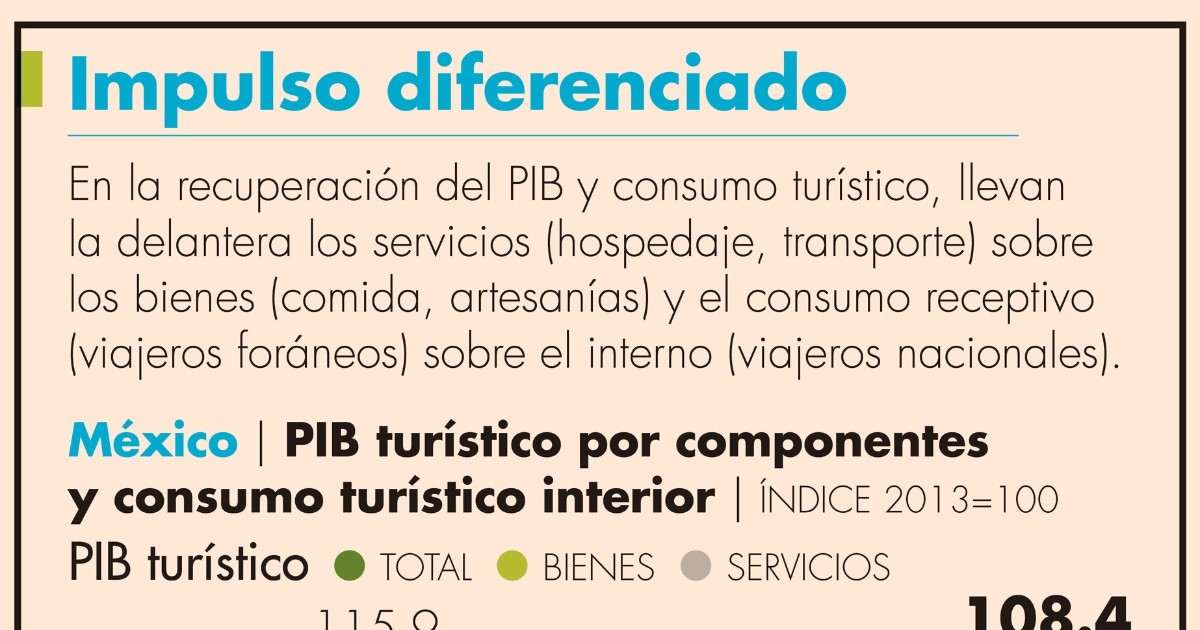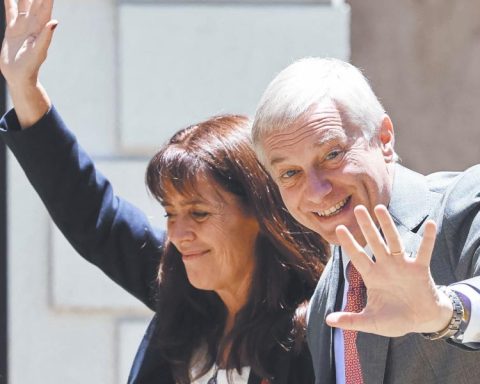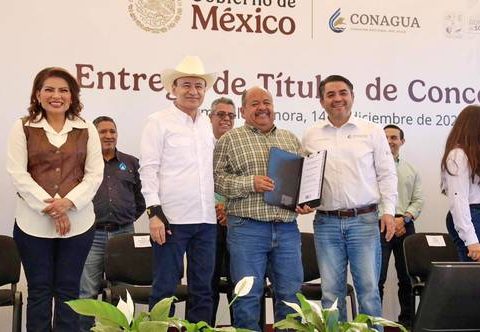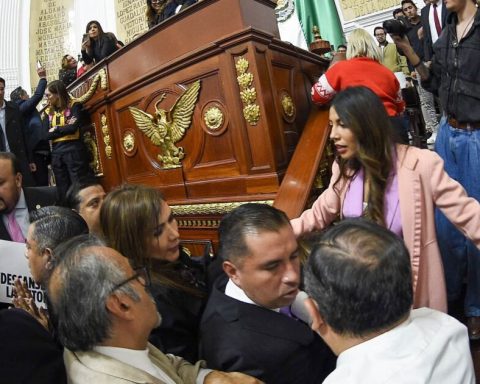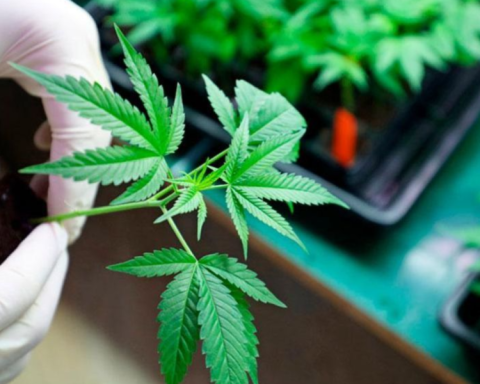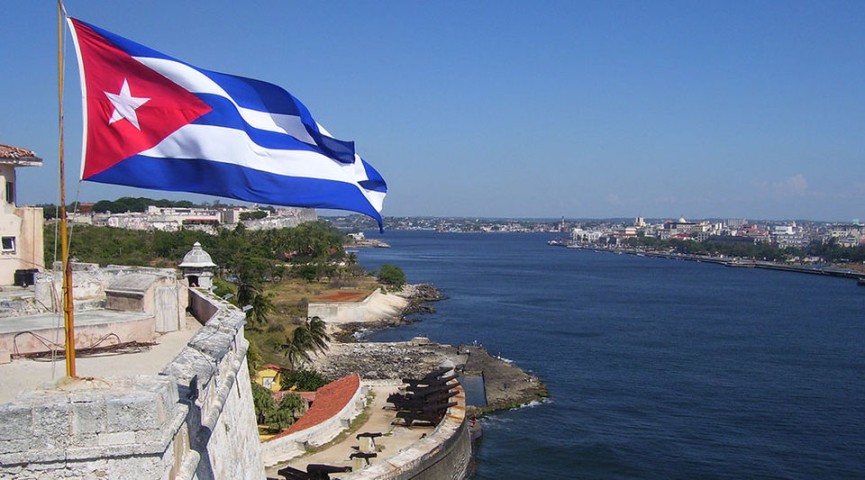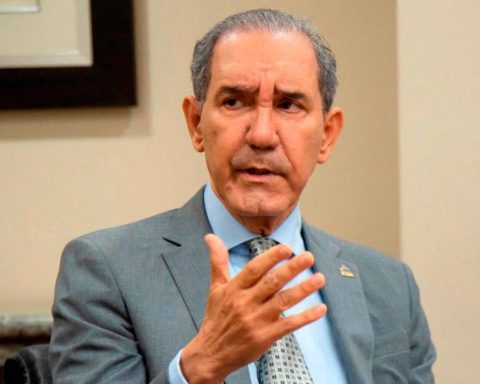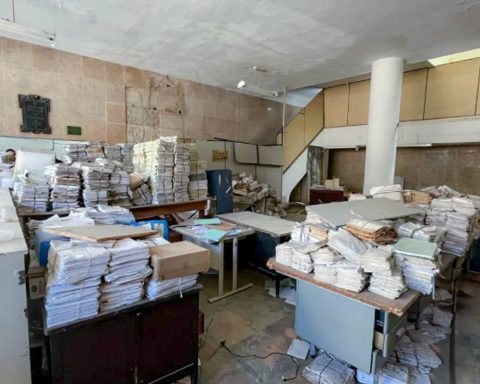The president of the National Tourism Business Council (CNET), Braulio Arsuaga, considered that, despite the recovery that the sector is experiencing after the strong impact of the pandemic (between 2020 and 2021, just over 18,000 million dollars of tourist currency), it is not possible to “throw the bells on the fly” because there are segments that have not been favored in the same way as the sun and beach segment.
“It must be recognized that the most serious thing is that there are businessmen and companies affected (some have disappeared), but in the end the private sector has been the one that shows its face. The expectations are now positive, although an important lesson remains from the last 26 months: the vulnerability of the tourism industry. It is clear that there must be tourism policies that translate into real support for the activity”, he commented.
During the presentation of the Tourism and Pandemic document, a balance of the effects, prepared by the Anahuac Tourism Competitiveness and Research Center (Cicotur), it was highlighted that despite the current situation, most tourism entrepreneurs in the country considers that the full recovery of tourist activity will not come until next year (in an internal panel, only 13% think that this year it will return to pre-pandemic levels).
For his part, the director of the center, Francisco Madrid, stated that the document seeks to record the size of the damages and is not yet compensated with the recovery: put in a way, the hole of the Covid-19 pandemic is no longer growing , but it has not been closed.
In the case of domestic tourism consumption, as an example, he said that there is still some 225 million pesos to be recovered.
Regarding the annual drop in tourism GDP in 2020, it was recalled that it was 25.4%, which caused its contribution to the national GDP to be 6.9% at constant prices, a figure lower than the 8.7% that had been maintained the previous year.
“Cicotur’s estimate is that tourism GDP decreased in 2021, in relation to 2019, by 16.0 percent. Likewise, it is estimated that tourism would have contributed 7.1% of the national GDP at constant prices. Thus, of the 3.9 points that the national GDP was reduced, in relation to the levels of 2019, 1.3 points would be explained by the effects of tourism”, it was detailed. Another indicator that reflects the impact is employment. With data from the IMSS, the number of formal employment in tourism during January 2022 registered 114,984 workers than in January 2020.
The beaches benefited
The study prepared by Cicotur has already begun to circulate among those associated with CNET, among them: the National Chamber of Air Transport (Canaero), the National Association of Hotel Chains (ANCH), the National Chamber of Passenger and Tourism Autotransport (Canapat) and the National Chamber of the Restaurant and Seasoned Food Industry (Canirac).
Yes, there is a recovery in sun and beach tourism, but there are other segments that we cannot forget (business, conventions, incentives). We must not forget the destinations that are affected and focus on the Riviera Maya or Baja California Sur, which are the ones that have recovered,” added Arsuaga.
The explanation for the positive results of the main Mexican beaches with a vocation to serve the international flows of travelers was, from the perspective of Cicotur, the combination of the effort made in the destinations by the companies in order to assimilate and put into operation sanitary protocols, the important advance in 2021 of vaccination in our main issuing market, the United States, and the fact that travelers from that country had limited options to travel abroad, as well as the decision of the Mexican government not to impose restrictions on international visitors.
In this sense, the work of the governments of Quintana Roo, Baja California and Yucatán was recognized, for example, for having carried out a good public-private collaboration by innovating and creating tourism products during the complicated moments of the pandemic that have been reflected in the growing flow of travelers, national and international, that they present.
Bet on SAM
This Thursday, during the meeting via Zoom, the president of CNET was asked his opinion about the Metropolitan Airport System (SAM) as a factor to accelerate tourism recovery.
“For us there is a clear opportunity cost for the cancellation of the Texcoco airport. We are committed to the airport system announced by the current government that involves the Felipe Ángeles International Airport (AIFA), the Mexico City International Airport (AICM) working correctly and also the Toluca airport. We believe that it should be a priority that the three start to work to have flows of travelers with the clarity that the security issue cannot be played, ”he commented.
Does CNET contemplate some support to support this issue of greater routes?
They are decisions of the airlines derived from the volume that they could have. The new routes to the US, due to the current category degradation, cannot be considered because there is an impediment. On the domestic issue, it will be the decision of each company to have new routes and more activity in the aforementioned airports, but they must also analyze their load factors.
Recovery will take place in 2023: businessmen
Seven out of 10 tourism entrepreneurs in the country believe that the recovery of the sector will take place until 2023, according to the latest survey conducted by the Anahuac Panel, coordinated by Cicotur.
Of the remaining 30%, 13% believe that the reactivation will be consolidated this year and 17.4% think that it will occur from 2023 onwards, based on the 35th edition of the Panel, published yesterday.
In the document, double-digit growth forecasts dominate for the end of this year (in year-on-year comparisons) in the most important tourism variables.
As for national tourism, the Cicotur forecasts that in 2022 there will be a flow of 53.8 million residents to hotel rooms, a figure 23.9% higher than that of 2021, with which the level would lighten its fall to 8% if the comparison compared to 2019.
The academic center also forecasts that income from international visitors will grow 19.5% year-on-year to 23.8 billion dollars, with which the figure would be only 3.2% below that observed in 2019.
Finally, in the line of international tourist arrivals, the prediction is a growth of 15% year-on-year to 31.9 million people, although this amount would still be 18.4% below the 2019 count.
Miguel Torruco participates in the launch of the WOMANX platform
The Secretary of Tourism, Miguel Torruco, participated as a witness of honor in the launch of the WOMANX platform, of the Mexican Association of Women Heads of Companies (AMMJE), chaired by Sonia Garza, where he commented that tourism activity is promoted under a focus on inclusive social welfare that benefits more women.
We welcome the creation of WOMANX, a digital platform that will contribute massively to the transformation of productive women, who with their talent and creativity add value to tourism services, the industry and the national economy,” said the official.
In her participation, she said that women currently play an increasingly important role in the political, economic and social spheres: according to the World Tourism Organization (UNWTO), in its report on women in tourism, 39% of the employed population in the global economy are women, while in the tourism sector it amounts to 54 percent.
In Mexico, she added, women participated with 49.1% of the personnel employed in tourist activities, and men with 50.9% of the total.
The launch of the WOMANX platform was also attended by the National Vice President of the Mexican Association of Women Heads of Companies, Marisol Rumayor, the Secretary of Economic Development of Mexico City, Fadlala Akabani, and the Director of Social Responsibility and of the Coppel Foundation, Rocío Abud.
